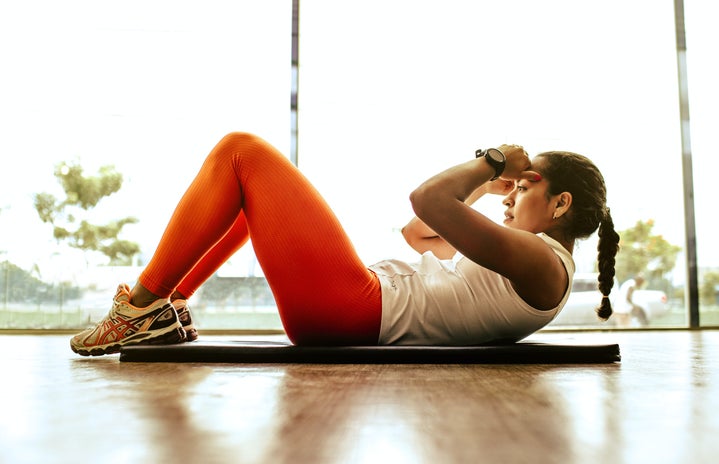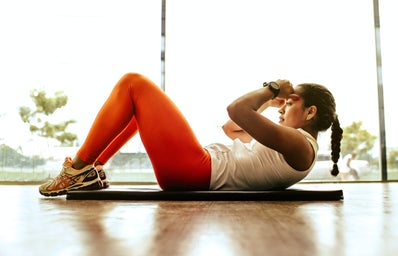By: Nicole Marino
In college, naps are a necessity. It feels nearly impossible to get through the day without taking some time to close your eyes and rest. Most of the time it feels refreshing, but have you ever woken up feeling really groggy, or like you felt more tired after napping than before? That’s because there’s actually a right and a wrong way to take a nap. You make think that a nap is just a nap, but how well it works depends on how long you nap for. According to sleep.org, the benefits of taking a good nap include improved alertness and a better mood. Refinery29 gives the following tips on how to take a nap that leaves you feeling refreshed and energized.
1. The best amount of time to nap is between 20-30 minutes.
Sleeping longer than 30 minutes causes you to fall into a deep stage of sleep, which then interferes with your ability to sleep at night. A nap can’t be that effective if, in the long run, it’s keeping you up. Here’s a tip: if you’re one of those people who can’t fall asleep in an instant no matter where you are, make sure you also schedule in time to fall asleep so you don’t spend your 20-minute break just trying to fall asleep.
2. Avoid afternoon naps.
That late afternoon nap may feel like a must, but it’s actually not the best way to do it. If you go to bed around 11:00 PM, taking a nap past 2:00 PM isn’t the best idea. If you go to bed later than that, then you can adjust the time frame. The general idea is that you should avoid taking a nap during the nine hours before you go to sleep. If you go to bed at midnight, napping after 3:00 PM will interfere with your sleep.
3. Nap in your bed.
You might fall asleep at your desk doing a boring reading, or you might find a comfortable chair that’s perfect for taking a nap. The best place to take a snooze is your bed. Your body is used to falling asleep at night in bed, so your body will have an easier time falling asleep for a nap if you’re in the same spot as at night.
4. Drink coffee right before your nap.
This sounds counteractive, but caffeine takes approximately 30 minutes to enter your bloodstream. If you’re taking a 20 to 30-minute nap, then it should kick in right as you’re waking up. That way, you’ll get double the effect – the refreshing effect of a nap and the awakening effects of the coffee. Just keep in mind that this is not a substitute for actual sleep.
Hopefully, these tips help you take better naps. Getting good rest is really important for your mood and health. Getting the best nap possible will make getting through the day easier, too. Now, get in a dark and comfortable environment and get a science-based nap in!
Cover Photo from The Odyssey
Want to keep up with HCBU? Make sure to like us on Facebook, follow us on Instagram, check out our Pinterest board, and read our latest Tweets!


